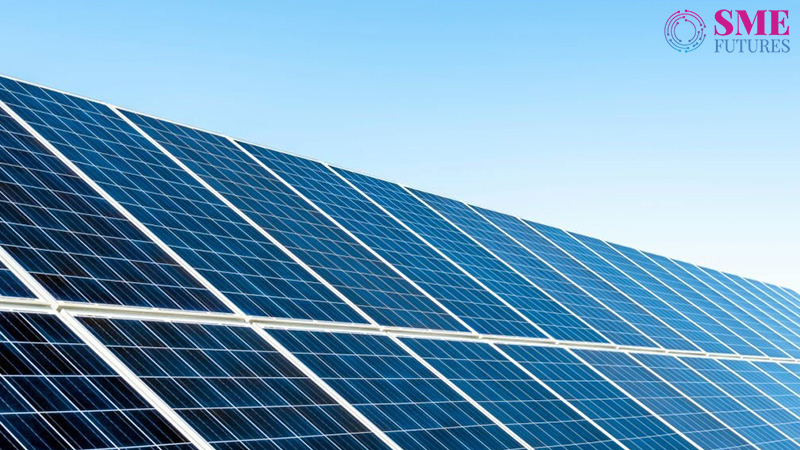Solar energy capacity in India has increased from 28,180 megawatts in March 2019 to 53,996 megawatts at the end of 2021-22, Union Minister of New and Renewable Energy and Power RK Singh informed Parliament earlier this week.
Accordingly, in the past three years, the solar capacity in the country increased by about 91 per cent.
Further, in reply to a question whether the government has set any target to increase the solar capacity across the country, the minister replied: “The Government has set a target of achieving 500 GW of installed capacity from non-fossil fuels by 2030, in line with the Hon’ble Prime Minister’s announcement at CoP-26.”
Also Read: India will be lucky if we get 5 per cent growth next year: Raghuram Rajan
Earlier this year, India added 1.3 gigawatts of open-access solar capacity in January-June, registering a year-on-year growth of 97 per cent, according to Mercom India. For the quarter that ended June, open-access solar installations witnessed over a 3-fold increase to 680 megawatts (MW), from 210 MW in the second quarter of 2021, the research firm said in its latest report.
Solar power through open access is an arrangement where a power producer establishes a solar power plant to supply green energy to consumers.
“In H1 2022, India added 1.3 GW of open access solar, a 97 per cent increase compared to 638 MW installed in 1H 2021, the second-highest recorded the first half of any year,” the report titled ‘Mercom India Solar Open Access Market Report Q2 2022’ said.











